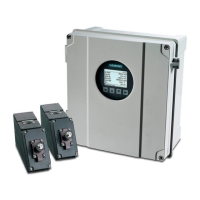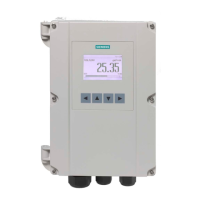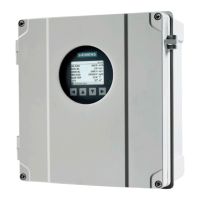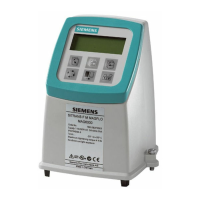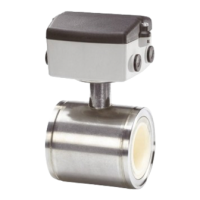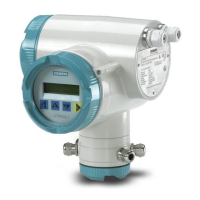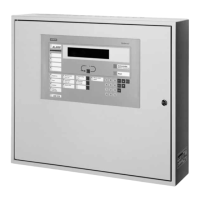179 |
Building Technologies
Glossary
Alarm device
Element in the fire detection system for acoustic
and/or visual alarming, e.g. alarm sounder,
beacon.
Alarm indicator
Visual display to signal an alarm or pre-alarm.
Alarm organization
Covers all measures which are used for
alarming, rescue, preventing a fire from
spreading, fire fighting, and orientation in the
event of a fire. Alarm organization may differ
depending on the 'Manned' or 'Unmanned'
operation mode.
Assignment
Creating a reference between two elements,
e.g., logical channel and physical channel.
Auto-configuration
A zone is created for each sensor channel
(automatic detector and manual call point). A
control is created for each alarm sounder. IO-
modules, FT2010, FT2011, and external alarm
indicators are not auto-configured.
Automatic fire detector
Device which measures a physical parameter
(e.g. warmth) in order to detect a fire.
BACnet
Abbreviation for 'Building Automation and
Control Networks'. It is a network protocol for
building automation, such as for communication
between a management station (MMS) and a fire
detection installation.
BDV
Abbreviation for 'Base Data Variant'.
Configuration files for the embedded software. A
BDV contains country-specific templates, all
texts, specifications for message layout, menu
definitions, specifications for activating the LEDs
on the PMI, detector parameter set settings,
definitions for system-specific parts of the tool
interface, etc.
Collective detector line
Detector line technology in which all detectors
that are connected to the same detector line
have a collective address. This makes it
impossible to identify individual detectors.
Control tree
Structure tree with control group and control.
CPU
Abbreviation for 'Central Processing Unit'. The
computing unit of the fire control panel.
Danger level
A fire detector signal which conveys the
possibility of fire. Automatic fire detectors, for
example, have danger levels 0 to 3. Manual call
points only have danger levels 0 and 3. 0 = no
danger, 1 = possible danger, 2 = probable
danger, 3 = highly probable danger.
Detection tree
Diagram of the geographical and organizational
arrangements of sensors in a building. This is a
hierarchical structure comprising the area,
section, and zone.
Detector line
Electrical connection between the detectors and
the fire control panel. There are collective
detector lines and addressed detector lines.
Effect
An impact caused by a control, e.g., activation of
a hardware output or a command.
Ethernet station
Participants in the Ethernet sub-net without local
connection for the PC.
External alarm indicator
Optical element for displaying the fire location,
which is at some distance from the detector. It is
normally mounted in the room at the point where
the corresponding detector is accessible.
FDnet
Addressed detector line for FDnet devices.
Floor repeater display
A display device without operating elements.
Floor repeater terminal
A display device with operating elements for
acknowledging and resetting alarms and faults.
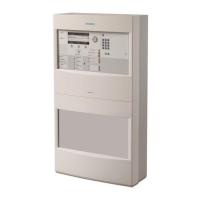
